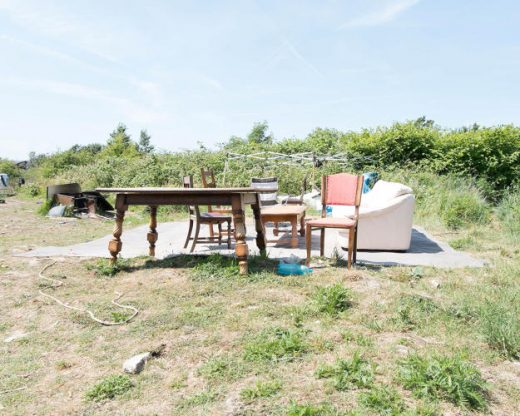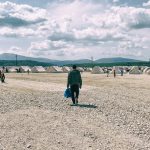In The Calais Refugee Camp, Refugees Are Constructing Amazing Shelters
In these photos of the Calais Jungle—a notoriously terrible refugee camp in France—one thing is conspicuously missing: refugees. Instead of showing people, photographer Marco Tiberio wanted to show where they’re living.
“I think that by now we are quite used to see refugees in all kinds of bad situations, and in a way we are accustomed to it,” he says. “That is to say, we don’t pay attention to it anymore . . . I tried to leave out the most passionate element of the question—the refugees—trying to set a colder environment by just showing the houses. Like if it was really related to architecture.”

Without people in view, it’s easier to imagine yourself living in one of the makeshift tents. “I hope that viewers may focus on the refugees’ resilience and skills, and not just who they are, how they came, and what kind of difficult situations they went through,” he says.
Despite a lack of materials, each shelter looks different. Sudanese refugees, who often apply for asylum in France—a process that can take a year—build more robust shelters, made from intertwined branches and trunks and insulated with blankets and plastic. One photo shows a shelter with a traditional Sudanese thatched roof.
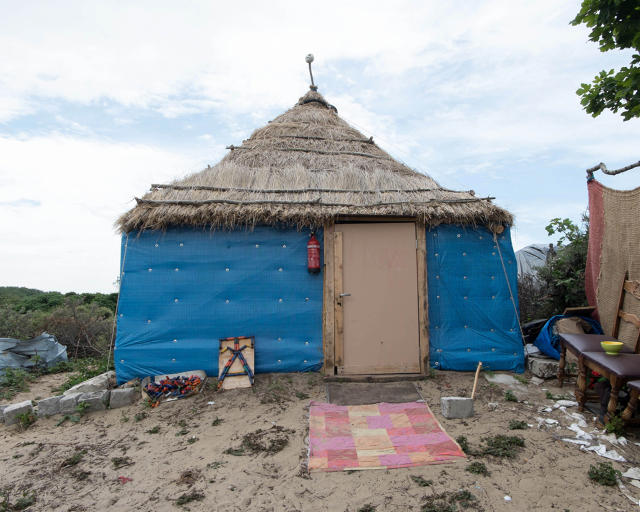
Afghan and Pakistani refugees, who typically try to make it to the U.K. through the nearby Channel Tunnel, usually stay in tent-like shelters. “They build them knowing—and hoping—they won’t stay long, and in the few days they spend in the camp they are too tired or injured to improve them,” says Tiberio. Syrian and Iraqi refugees often also have more temporary shelters, while Eritrean refugees have something in between.
Life in the camp is a challenge, especially in the winter, when the area is cold and usually flooded. In 2015, nonprofits sued the city of Calais for human rights violations, from a lack of sanitation to a lack of safe places for women to sleep.

But Tiberio wants viewers to focus on the resilience of the people living in the camp, not to feel pity. In a new collaboration with others at the Italy-based creative studio DeFrost Studio, he turned the photos into listings for a mock real estate catalog—advertising tents as two-bedroom homes with amenities like plastic cloths.
“With both the series and the publication, I hope the viewers may understand how close to us the refugees, and the whole European migration issues, are,” Tiberio says. “Sometimes I have the feeling that just showing refugees there on the shores, in the middle of the sea, or in the camps, increases the distance between them and us. We want them to look right into the problem without turning their heads.”
Have something to say about this article? You can email us and let us know. If it’s interesting and thoughtful, we may publish your response.
[All Photos: Marco Tiberio]
Photographer Marco Tiberio wanted to show where the refugees at the camp in Calais are living.
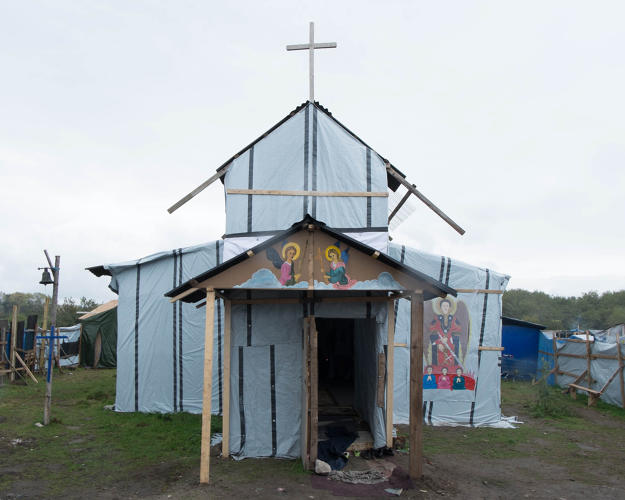
“Like if it was really related to architecture.”
‘ src=”http://c.fastcompany.net/multisite_files/fastcompany/imagecache/slideshow_large/slideshow/2016/08/3062486-slide-5-in-the-calais-refugee-camp-refugees-are-constructing-amazing.jpg”>
Without people in view, it’s easier to imagine yourself living in one of the makeshift tents.
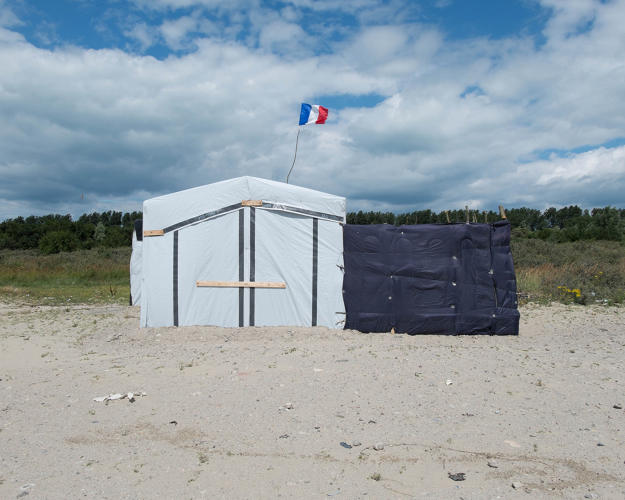
Despite a lack of materials, each shelter looks different.
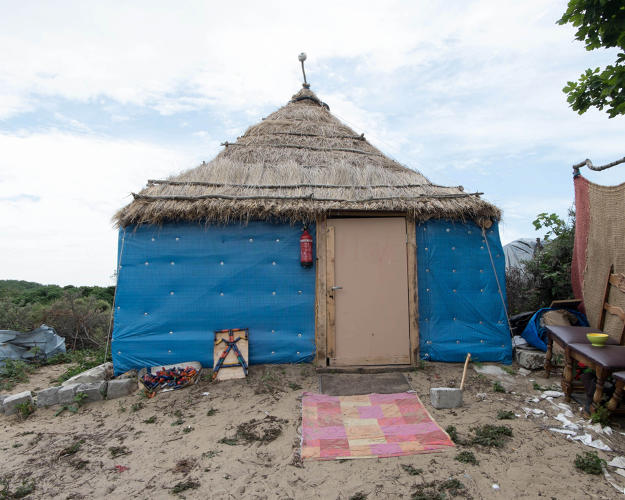
Sudanese refugees, who often apply for asylum in France–a process that can take a year–build more robust shelters.
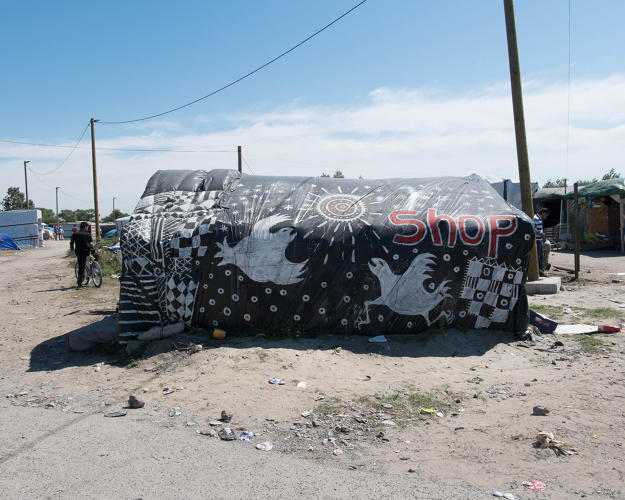
Afghan and Pakistani refugees, who typically try to make it to the U.K. through the nearby Channel Tunnel, usually stay in tent-like shelters.
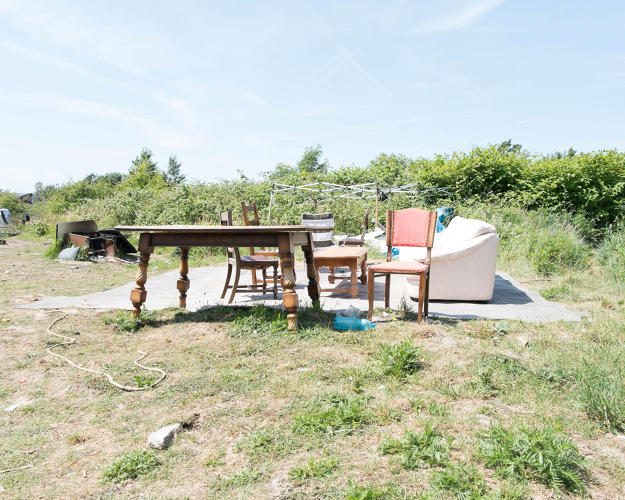
Tiberio wants viewers to focus on the resilience of the people living in the camp, not to feel pity.
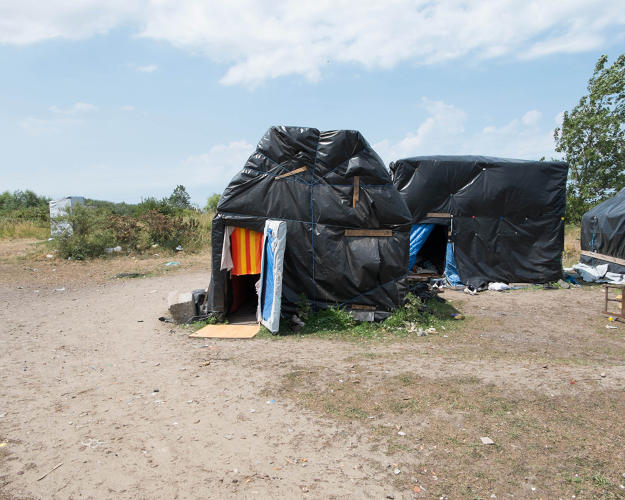
Keep scrolling for more photos of the refugee architecture.
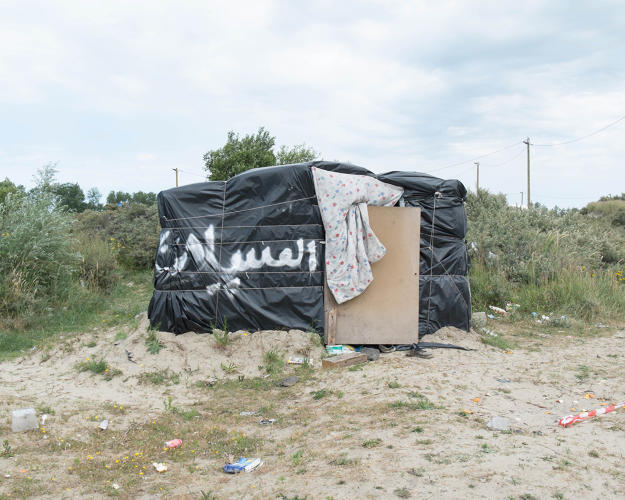
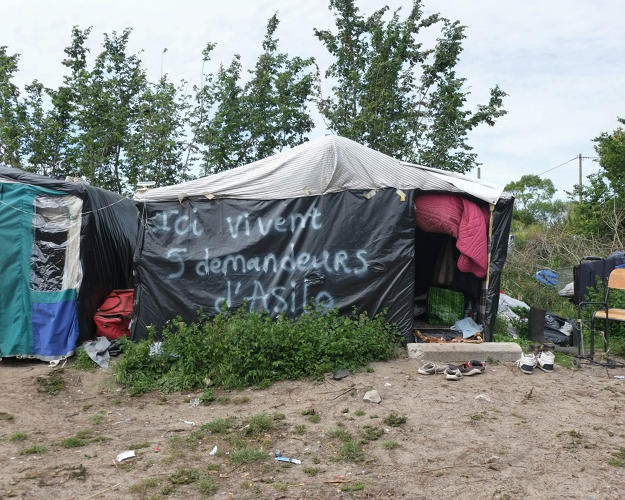
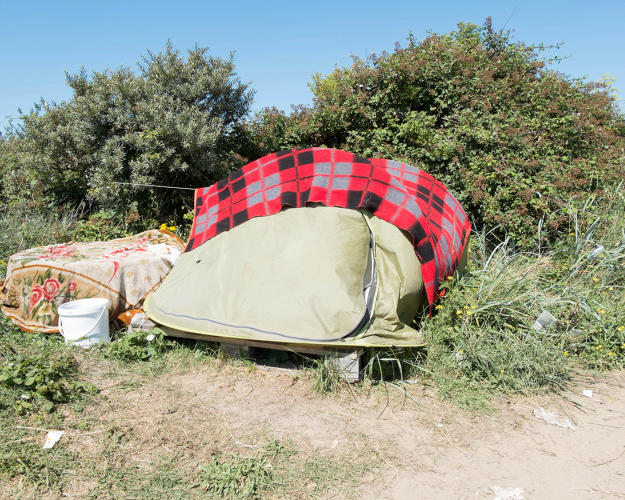
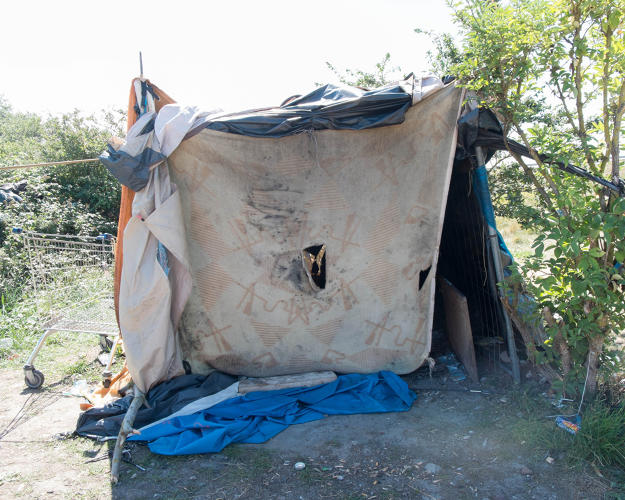

Fast Company , Read Full Story
(42)

